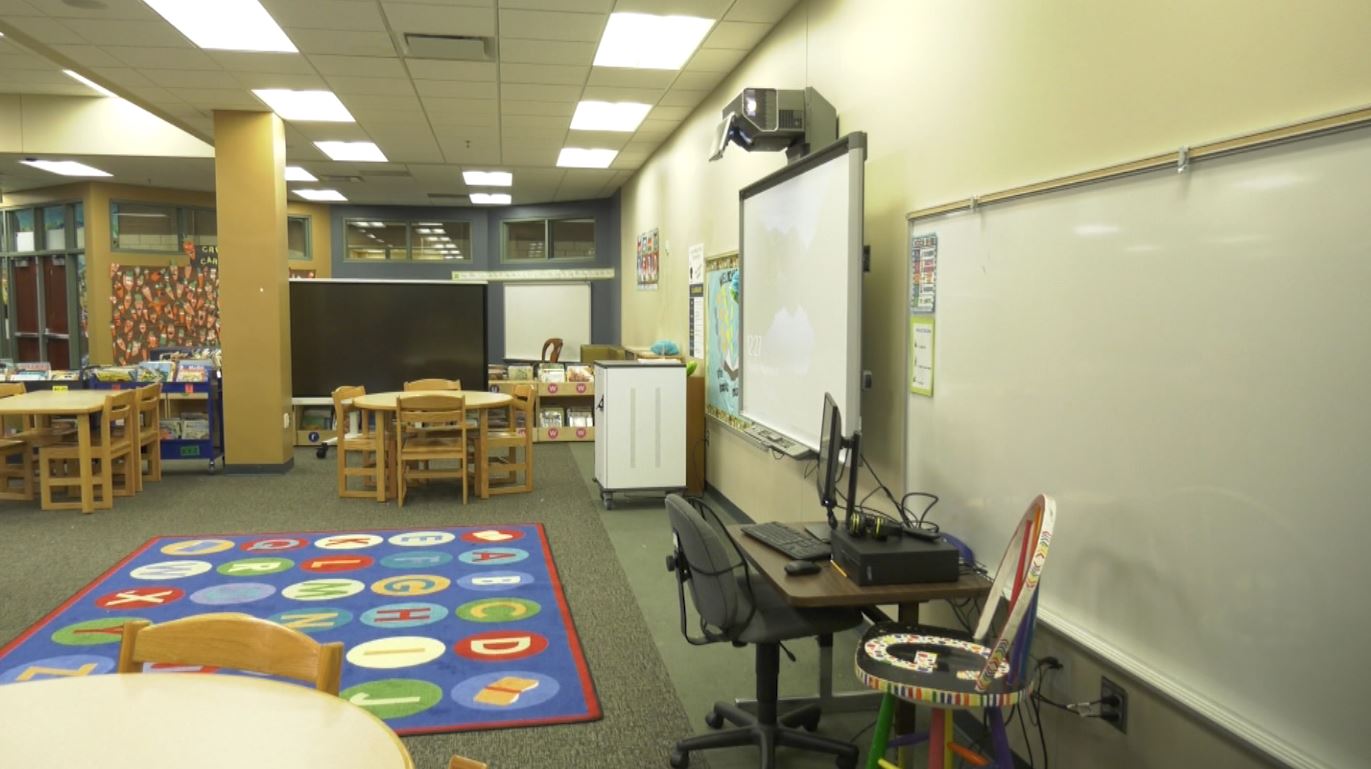Education Minnesota highlights school staff shortage
[anvplayer video=”5130722″ station=”998130″]
As teacher shortages make headlines around the United States, Education Minnesota says the lack of staff goes further.
Districts are also struggling to fill positions like school nurses, bus drivers, paraprofessionals, and more.
“While I haven’t heard of any buildings that won’t open because there aren’t enough adults to teach, feed, and transport the students, it could happen any day now,” Education Minnesota President Denise Specht said. “We’re all here today because none of us have seen a staffing situation like this before.”
Brooke Malek, a school nurse in Morris, Minn., says nurses do much more than hand out Band-Aids and ice packs.
“We collaborate with other health care providers and specialists both inside and outside the school to ensure that students with medical conditions have the opportunity to engage in an equitable education,” Malek said.

WDIO-TV/File
She said she serves more than 1,200 students, and if she takes a day off, there is no substitute to replace her.
Jeanne Fox, an education support professional in Osseo, Minn., said districts are losing people in her role to better-paying jobs.
“We are heading into what I consider the hardest school year,” Fox said. “We are short-staffed, and people are already anxious about how we will continue to support students, families, and our school communities.”
Specht said many of the solutions will take time and money, but she offered a couple potential short-term options too.
“We can lighten loads. We can take stress off of people’s plates. We can do things right now to at least keep people in their jobs,” she said. “We could also be going to the licensed staff who have chosen to walk away from teaching and ask them why and ask them what they need to come back.”
Looking at long-term possibilities, Specht said education support professionals should be paid at least $25 an hour and hourly school staff should be made eligible for unemployment insurance.
“To revitalize teaching, we must encourage more people to go into it. A good start would be education loans that could be fully repaid by working as a teacher in a public school,” Specht said. “We must retain the teachers we have, starting with robust mentoring programs for new teachers and with stipends for Master Teachers.”
Most Minnesota students go back to school on Tuesday, Sept. 6.